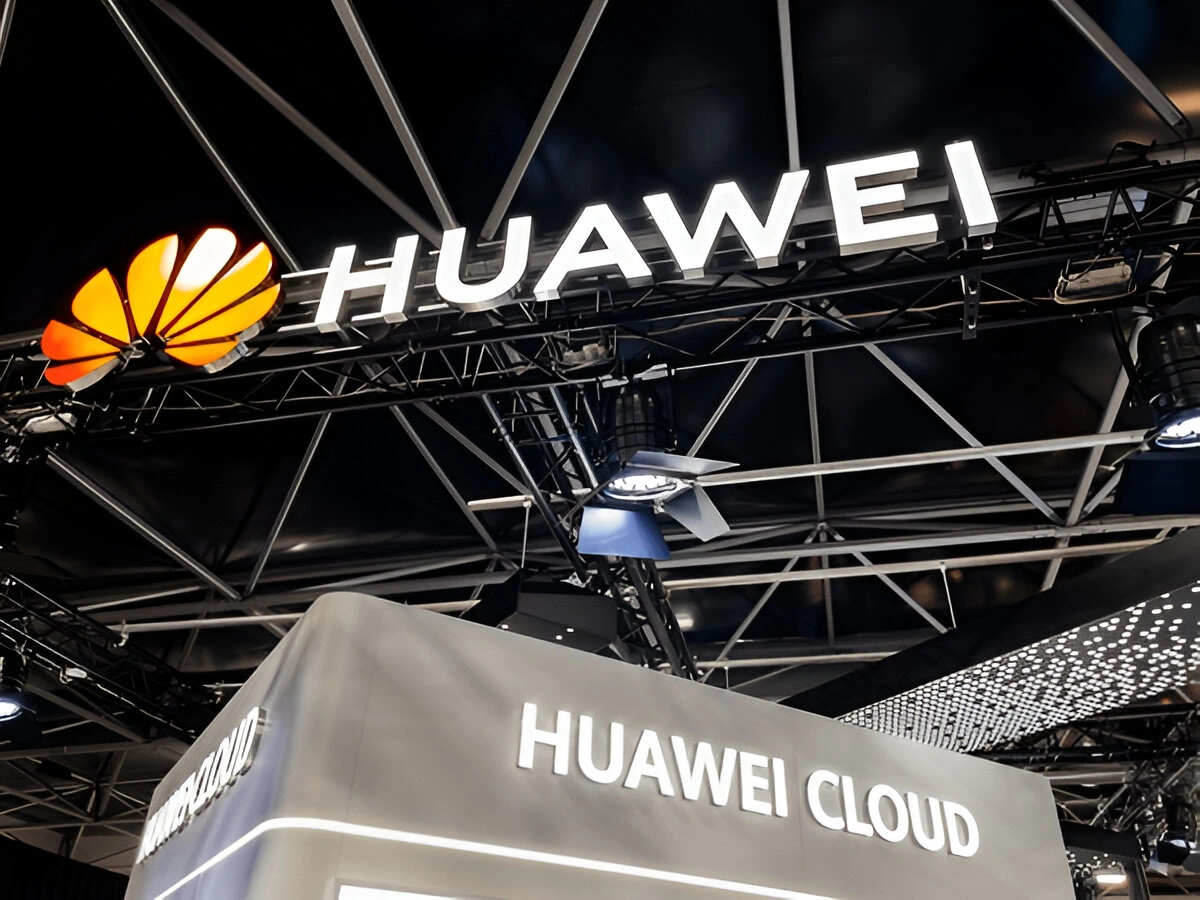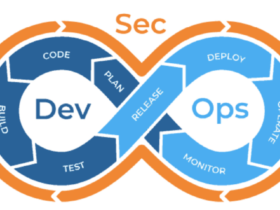In the fiercely competitive arena of artificial intelligence, foundation models are quickly becoming the bedrock for enterprise innovation. Marking a significant leap forward in its AI capabilities, Huawei Cloud Launches Pangu Models 5.5, an advanced iteration of its comprehensive AI model family designed to empower developers and businesses with more powerful, efficient, and versatile intelligence. As of mid-2025, this new release underscores Huawei Cloud’s commitment to democratizing AI, offering enhanced multi-modal capabilities, deeper industry-specific applications, and superior performance, poised to accelerate digital transformation across diverse sectors globally.
Understanding Huawei’s Pangu Models Ecosystem
Huawei’s Pangu series represents its ambitious foray into large-scale AI foundation models, akin to Google’s Gemini, OpenAI’s GPT, or Meta’s Llama. The Pangu models are designed to provide a robust, general-purpose AI foundation that can be fine-tuned and applied to a multitude of specific tasks across various industries. They are a core component of Huawei Cloud’s broader AI strategy, aiming to provide comprehensive cloud-native AI services.
The Pangu family typically includes models specialized in :
- Natural Language Processing (NLP) : For tasks like text generation, translation, summarization, and sentiment analysis.
- Computer Vision (CV) : For image and video analysis, object detection, facial recognition, and image generation.
- Multi-Modal AI : Combining capabilities across different data types, such as text and images.
- Scientific Computing : Specialized models for fields like meteorology, drug discovery, and engineering simulations.
- Industry-Specific Models : Pre-trained or fine-tuned models for sectors like finance, manufacturing, healthcare, and mining.

The continuous evolution of these models, culminating in releases like Pangu Models 5.5, reflects Huawei’s ongoing investment in foundational AI research and its strategic vision to provide “AI for Industries.”
Key Innovations and Capabilities of Pangu Models 5.5
The launch of Pangu Models 5.5 signifies more than just an incremental update; it introduces several key innovations and enhanced capabilities designed to push the boundaries of AI application.

- Enhanced Multi-Modal Understanding and Generation:
- Pangu 5.5 significantly improves its ability to process and generate content across different modalities, such as understanding complex relationships between text, images, and even audio. This could lead to more nuanced AI assistants, sophisticated content creation tools, and better semantic search capabilities.
- Expect advancements in areas like text-to-image/video generation, multimodal question-answering systems, and intelligent content summarization that incorporates visual and textual information.
- Deeper Industry-Specific Foundations:
- Huawei Cloud has invested heavily in creating models tailored for specific industry verticals. Pangu 5.5 likely brings refined versions of these industry models (e.g., Pangu-Weather, Pangu-Drug Discovery), with improved accuracy, domain-specific knowledge, and higher efficiency for industrial applications.
- This focus aims to provide “out-of-the-box” AI solutions for complex enterprise challenges, reducing the need for extensive custom training for common industry tasks.
- Superior Performance and Efficiency:
- Leveraging Huawei’s proprietary Ascend AI processors and optimized cloud infrastructure, Pangu 5.5 offers significant performance gains in terms of inference speed and training efficiency. This means faster response times for real-time AI applications and lower operational costs for large-scale deployments.
- Improved resource utilization and optimized model architectures contribute to reduced energy consumption, addressing growing concerns about the environmental impact of large AI models.
- Developer-Friendly Features and Ecosystem:
- Huawei Cloud aims to make Pangu Models 5.5 highly accessible to developers. This includes enhanced APIs, SDKs, and development tools that simplify the integration of Pangu capabilities into custom applications.
- Expect a richer model marketplace, improved fine-tuning capabilities, and better support for deploying models at the edge, making it easier for enterprises to deploy AI across their operations.
These advancements solidify Pangu Models 5.5 as a competitive offering in the global AI landscape, particularly for enterprise and industry-specific applications.
The Technical Backbone: Huawei Cloud and Ascend AI
The impressive capabilities of Huawei Cloud’s Pangu Models 5.5 are fundamentally powered by Huawei’s integrated AI infrastructure, a vertically optimized stack that spans hardware, software, and cloud services.
- Huawei Cloud Infrastructure : Pangu Models are hosted and offered as a service on Huawei Cloud, providing the elastic, scalable, and secure computing resources necessary for training and deploying large foundation models. This includes massive GPU clusters, high-speed networking, and robust storage solutions tailored for AI workloads.
- Ascend AI Processors : At the heart of Huawei’s AI strategy are its self-developed Ascend AI processors (e.g., Ascend 910B). These processors are designed specifically for AI inference and training, offering high compute power and energy efficiency optimized for neural networks. Pangu Models 5.5 are meticulously optimized to leverage the unique architecture of Ascend chips, extracting maximum performance.
- CANN (Compute Architecture for Neural Networks) : This is Huawei’s unified AI computing architecture, which serves as the bridge between the Ascend hardware and AI application frameworks (like PyTorch or TensorFlow). CANN ensures that Pangu Models can efficiently run on Ascend processors, providing a seamless and high-performance execution environment.
- MindSpore AI Computing Framework : Huawei’s open-source AI framework, MindSpore, plays a crucial role in the development and deployment of Pangu models. MindSpore is designed for efficiency and ease of use, enabling developers to build, train, and deploy AI models with greater agility.
This end-to-end integration, from the silicon level (Ascend) to the cloud platform (Huawei Cloud) and the AI framework (MindSpore), provides Huawei with a unique advantage in optimizing Pangu Models for performance, cost-efficiency, and industry-specific needs. For more technical details on Huawei’s AI computing strategy, including Ascend and MindSpore, the Huawei Developer website is a key resource.
Impact and Applications Across Industries
The launch of Huawei Cloud Launches Pangu Models 5.5 is set to drive significant impact and unlock new applications across a wide array of industries, particularly those with complex data and specific operational requirements.
The deep integration of Pangu Models 5.5 into Huawei Cloud’s services makes these advanced AI capabilities accessible and deployable for enterprises looking to leverage AI for core business functions.
Competitive Landscape and Huawei’s AI Strategy
The launch of Huawei Cloud’s Pangu Models 5.5 places it squarely in competition with global tech giants investing heavily in AI foundation models.
- Global Competitors: Huawei Cloud directly competes with major players like Amazon Web Services (AWS) with Amazon Bedrock, Google Cloud with its Gemini models, Microsoft Azure with OpenAI services, Baidu with Ernie Bot, and Alibaba Cloud with Tongyi Qianwen.
- Differentiation: Huawei’s strategy for Pangu models emphasizes:
- Industry Focus: A strong vertical specialization, developing models specifically tuned for complex industrial and scientific problems. This contrasts with some competitors who initially focus more on general-purpose text/image generation.
- Full-Stack AI: Leveraging its proprietary Ascend AI chips and MindSpore framework, Huawei offers a unique, highly optimized end-to-end AI stack, from hardware to cloud services. This vertical integration allows for superior performance and efficiency within its ecosystem.
- Sovereign AI: For many countries, particularly outside the US, having an alternative to US-based AI model providers is strategically important. Huawei positions itself as a strong contender in this space.
Huawei’s AI strategy is not just about raw model size but about delivering practical, high-performance AI solutions tailored for enterprise and government clients. The release of Pangu Models 5.5 reinforces this strategic direction, aiming to solidify its position as a leading provider of enterprise-grade AI foundation models, especially in Asia, Africa, and parts of Europe and Latin America.
Future Trajectory and Outlook
The trajectory of Huawei Cloud’s Pangu Models 5.5 and beyond points towards an increasingly intelligent and interconnected future, driven by powerful foundation models.
- Hyper-Specialized Industry Models: Expect even deeper specialization, with Pangu models becoming highly accurate and efficient for micro-verticals within industries.
- On-Device and Edge AI Integration: While Pangu models are cloud-based, seamless integration with Huawei’s edge computing devices and solutions will become more prevalent, enabling hybrid cloud-edge AI deployments for real-time applications.
- Enhanced Responsible AI: As Pangu models become more powerful, Huawei Cloud will continue to invest in ethical AI development, focusing on fairness, transparency, privacy, and security in model design and deployment.
- Broader Developer Ecosystem: Continued efforts to expand the developer community around MindSpore and Pangu, offering more training, tools, and support to foster innovation.
- Global Expansion: Despite geopolitical challenges, Huawei Cloud will likely continue its efforts to expand the global reach of its AI services, particularly in emerging markets.
Pangu Models 5.5 represents a key step in this ongoing journey, demonstrating Huawei’s commitment to building a comprehensive and competitive AI ecosystem.
The launch of Huawei Cloud’s Pangu Models 5.5 marks a significant milestone in the global AI landscape, showcasing a renewed focus on delivering highly optimized, industry-specific, and performant foundation models. By leveraging its integrated stack of Ascend AI processors, MindSpore framework, and robust Huawei Cloud infrastructure, Huawei is empowering enterprises and developers to harness advanced AI for complex challenges across various sectors. While the AI domain remains fiercely competitive, Pangu Models 5.5 reinforces Huawei’s strategic commitment to on-demand intelligence, promising to accelerate digital transformation and drive the next wave of AI-powered innovation.
Stay informed about the latest breakthroughs in cloud computing, artificial intelligence, and global tech trends. Explore more of our expert insights and analyses at jurnalin!










اترك رد